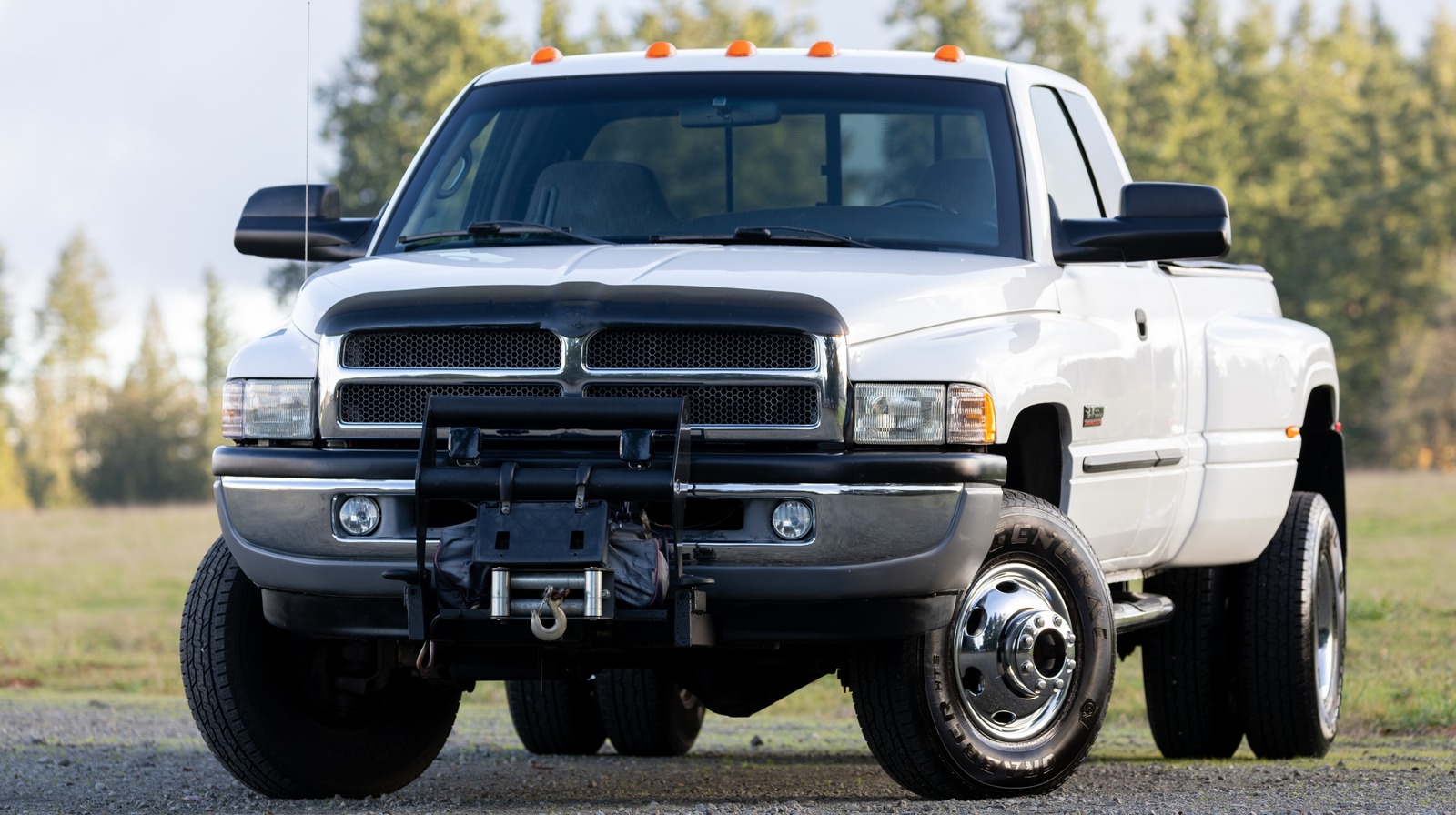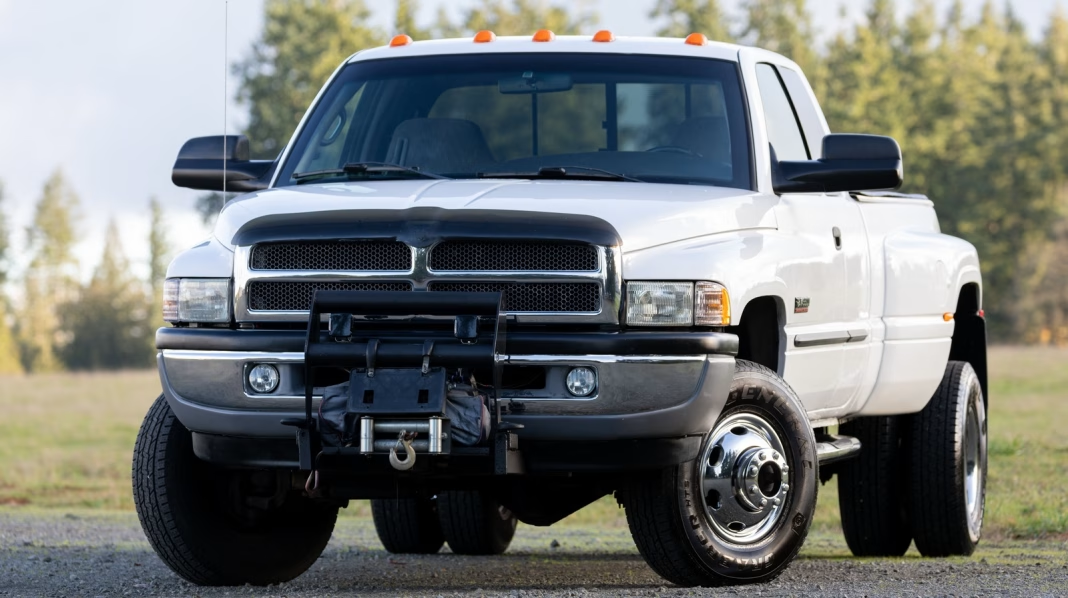Why Do Some Pickup Trucks Have Amber Lights on the Roof?
If you’ve ever found yourself behind a big pickup at night, you might have noticed a row of small amber lights glowing along the roofline. They’re not exactly floodlights—five little bulbs won’t do much to light up a dark highway. So what’s the deal? Why do some trucks have these lights, while others don’t?
What’s the Real Purpose of Those Amber Roof Lights?
Those amber lights, officially called clearance or marker lights, aren’t there for style points (though some folks do like the look). Their main job is all about safety and regulation. According to the Federal Motor Vehicle Safety Standards (FMVSS) set by the National Highway Traffic Safety Administration (NHTSA), vehicles that are 80 inches wide or more are required to have these lights. The idea is simple: make big vehicles more visible, especially at night or in bad weather.
Think of them as a heads-up for other drivers. When you see those lights, you instantly know you’re dealing with something wide—probably a heavy-duty pickup or a commercial truck. It’s a subtle but effective way to help prevent accidents, especially on narrow roads or when passing.
Which Trucks Actually Need Amber Marker Lights?
Not every pickup qualifies for these lights. Most half-ton pickups (like the Ford F-150, Chevy Silverado 1500, or Ram 1500) are under the 80-inch width threshold, so you won’t see marker lights on their roofs from the factory. But step up to the heavy-duty models—think Ford Super Duty F-250 and up, Chevrolet Silverado 2500/3500, or Ram 2500/3500—and you’ll often spot those amber lights.
Dually trucks, with their extra-wide rear fenders and dual rear wheels, almost always have them. That extra width puts them squarely in the “must have marker lights” category. Some manufacturers also offer marker lights as an option on certain trim levels or packages, even if the truck isn’t quite wide enough to require them by law.
Do Amber Lights Actually Make a Difference?
It might seem like a tiny detail, but marker lights do make a difference. According to a study by the Insurance Institute for Highway Safety (IIHS), increased vehicle visibility—especially at night—reduces the risk of side-swipe and merging accidents. Commercial truck drivers have relied on these lights for decades, and the same logic applies to wide pickups sharing the road with smaller cars.
Plus, in low-visibility conditions like fog, rain, or snow, those amber lights can be the first thing another driver sees. It’s a small touch that can have a big impact on road safety.
Can You Add Amber Lights to Your Pickup?
If you love the look or want the added visibility, you might be tempted to install marker lights on your own truck. There’s no law against adding them to a vehicle that doesn’t require them, but it’s important to do it right. Improper installation can lead to electrical issues or even void your warranty. And if you’re thinking about adding them just for style, remember that some states have rules about the color and placement of auxiliary lights. Always check your local regulations before drilling into your roof.
Are There Downsides to Having Marker Lights?
Honestly, not many. The biggest hassle is maintenance—those bulbs can burn out, and replacing them isn’t always fun, especially if you have to drop the headliner. There’s also a small risk of leaks if the lights aren’t sealed properly after installation. But for most drivers, the benefits in visibility and safety far outweigh the minor inconveniences.
Why Don’t All Trucks Have Them?
It comes down to size and regulation. Automakers aren’t going to add extra parts and wiring unless they have to, especially if it means drilling holes in the roof. For trucks that don’t meet the width requirement, marker lights are just unnecessary. That’s why you’ll only see them on the biggest pickups and commercial vehicles.
What Should You Do If You’re Shopping for a Pickup?
If you’re considering a heavy-duty truck—especially a dually—marker lights are pretty much a given. They’re a sign you’re driving something serious, and they’ll help other drivers spot you on the road. If you’re sticking with a standard half-ton, you probably won’t need them, but you can always add them if you like the look (just do it safely).
The big takeaway? Amber marker lights aren’t about lighting up the night—they’re about making wide trucks easier to spot and safer to share the road with. If you’re driving something big, those five little lights are a smart adjustment. Start paying attention to them this week, and you’ll likely spot the difference in how other drivers react around you.


